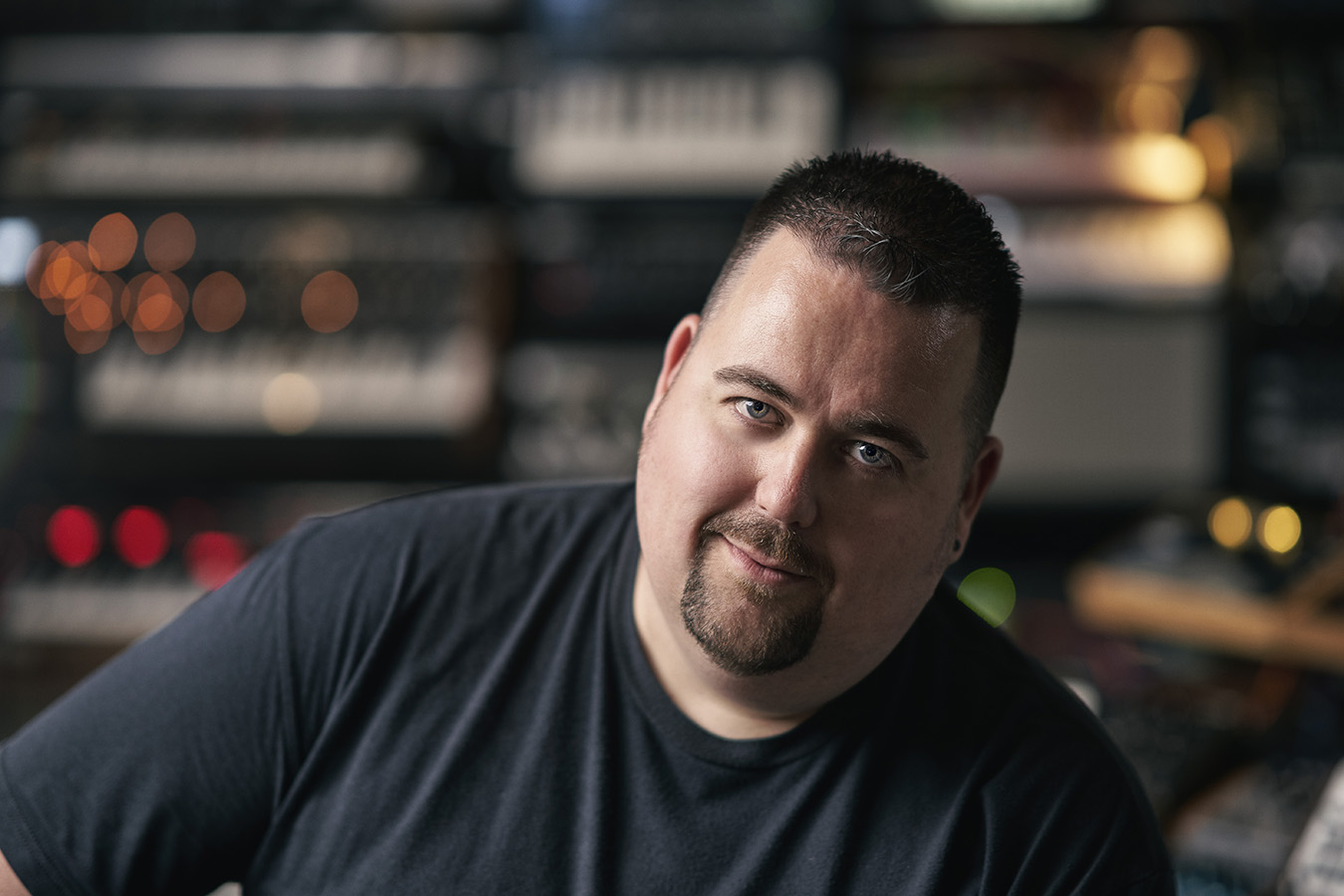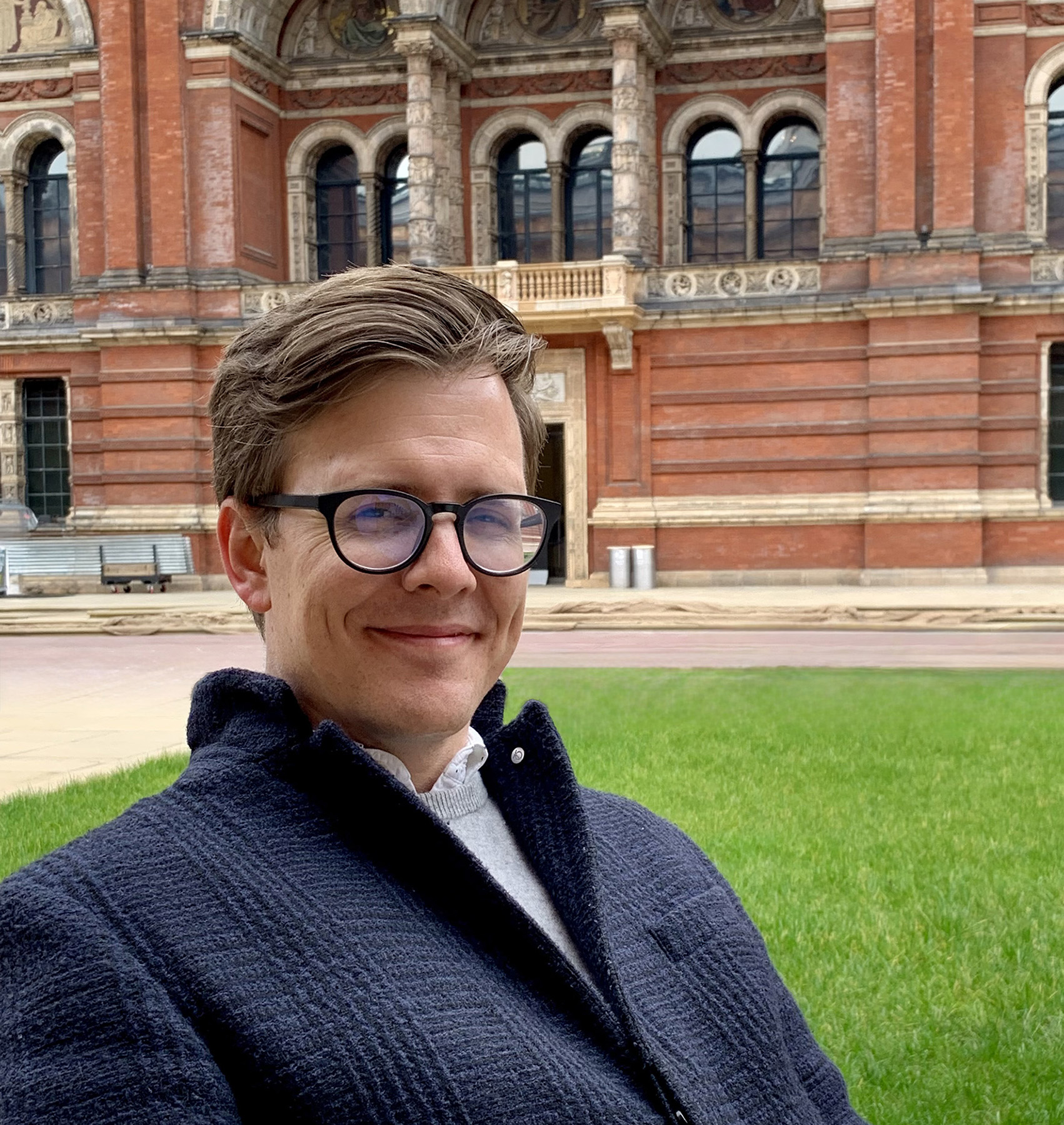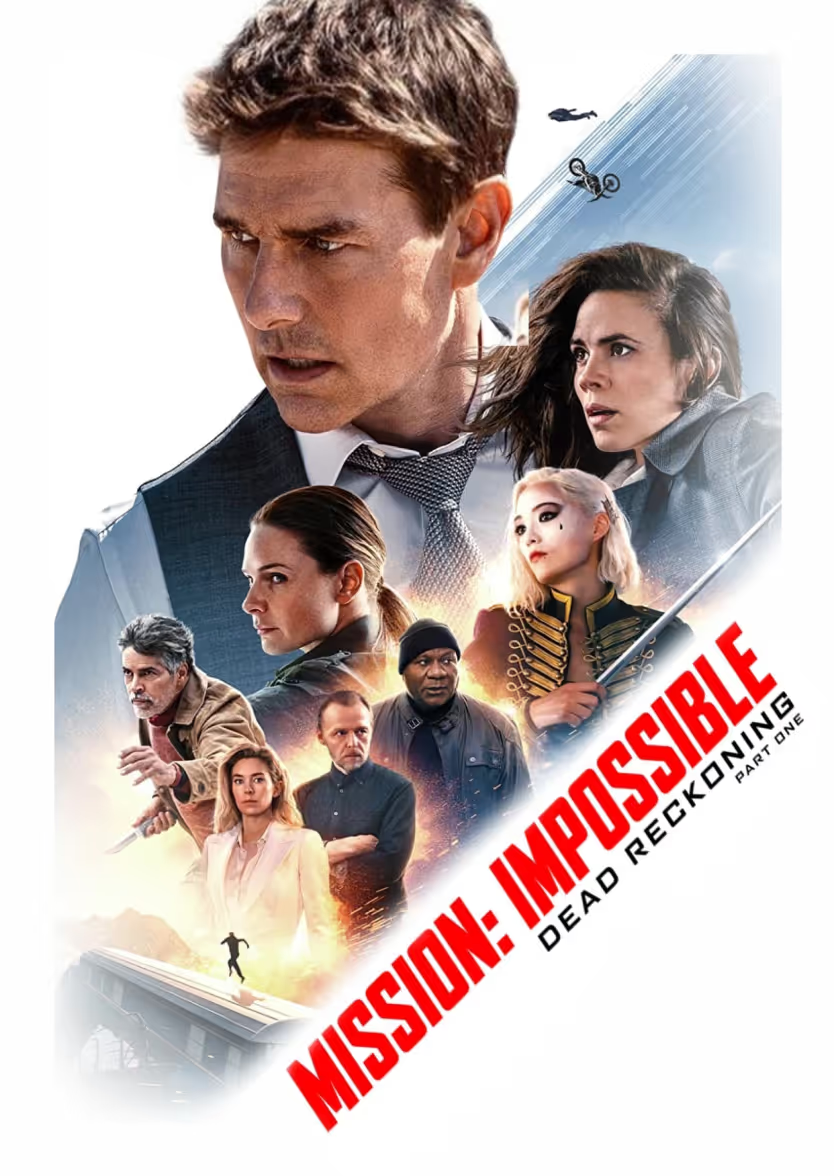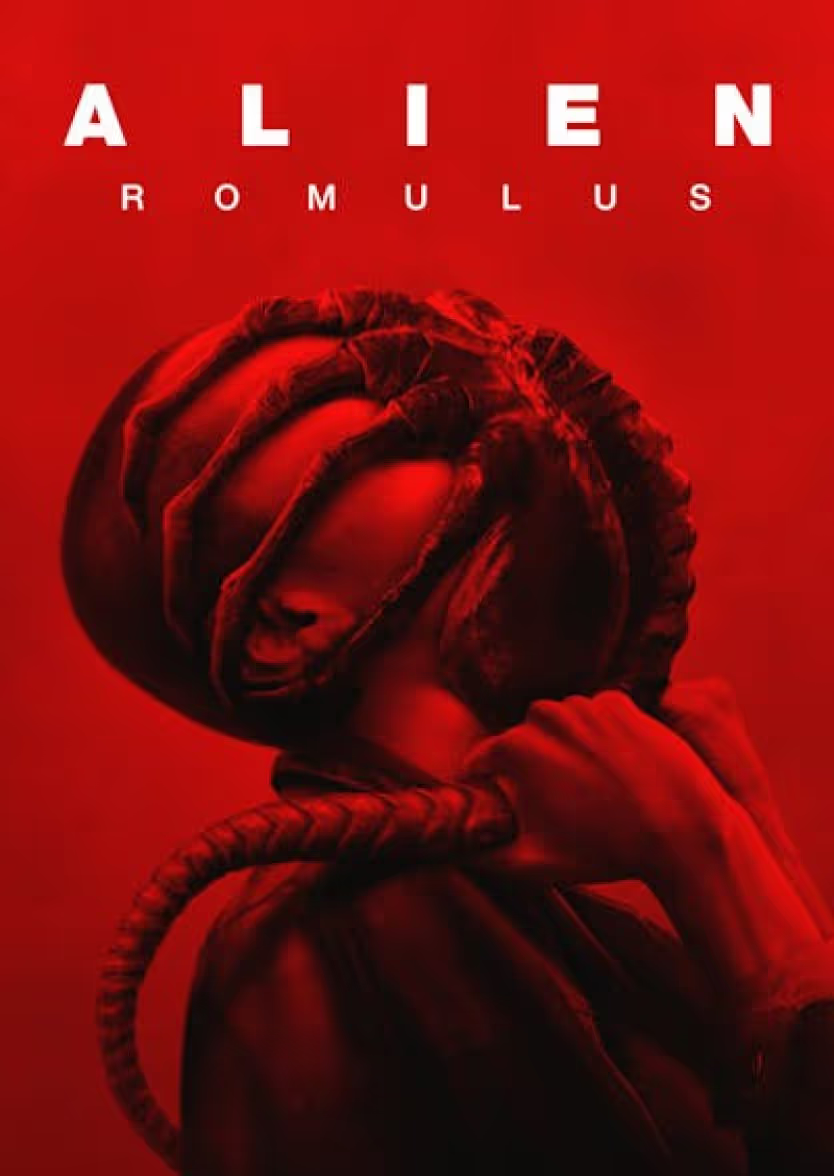Bringing Formula 1 to the big screen meant capturing the precision, speed, and spectacle of the sport—while managing one of the most complex post-production pipelines imaginable. From on-set edits at racetracks around the world to high-profile music sessions with Hans Zimmer and Atlantic Records, the post team juggled time zones, tight turnarounds, and sky-high ambitions.
We sat down with assistant editor Matt Sweat and music editor Chris Newlin to talk about making the impossible possible, collaborating with artists and stakeholders across continents, and how Evercast kept their fast-moving team connected from the starting line to the finish.
This interview has been edited for length and clarity.
Let’s start by hearing about each of your roles on F1.
Matt Sweat: I was one of the first assistant editors on the show. I was on set the entire time we shot and traveled—not really common to my role—but I was creating workflows, managing the prep of the film, and then delivering the film until the very end. It was two years plus! I wanted to talk about Evercast because we really did integrate it in lots of places when we were on set.
Chris Newlin: I was the music editor on F1, and I worked with both the director, Joe Kosinski, and the editor, Stephen Mirrione, to help develop the temp music and work on songs—as well as the Apple executives, David Taylor and Jake Voulgarides; the Atlantic Records guys, Kevin Weaver, Brandon [Davis], and Joe [Khoury]; and Hans Zimmer and his music editor, Ryan Rubin. I got put on for eight weeks in September [2024] just to help with the temp music, but it turned into an eight-month gig, so it worked out pretty well.
Matt: Chris did an amazing job.
Chris: It’s all Matt making me look good.
What were some of the specific challenges you faced with this project in each of your roles?
Matt: Well, a global cutting room. We were all over the place. We had a London presence, we had a Los Angeles presence, we had remote workflows, we had two network storages that we were keeping in sync, and then I was on set trying to access everything and make sure that everyone had what they needed. It was unlike anything I’ve ever experienced.
Chris: I started the project from home for the first couple of weeks, which is where Evercast first came into play; it was very handy. And after that I ended up working mostly out of editorial, in Santa Monica. But because we had artists and songwriters all over the world, we used Evercast to communicate and show them scenes when they couldn’t come in physically.
You both worked with large teams. Who were some of the key players you were collaborating with day-to-day and how did you work together over Evercast?
Chris: Hans was in his studio [in LA], and I interacted mostly with his music editor directly and then through meetings in-person at his studio. But working with Atlantic Records, we needed to interface with talent, artists, songwriters, and managers literally all over the globe. So Evercast was very helpful in bringing everybody together and unifying the team. I had done some spotting sessions and score reviews in previous projects using Evercast, but this was much more widespread. Between myself, Apple Music, Atlantic Records, and all the different artists, we used Evercast to review scenes and discuss what we were looking for with the songs. Some of them probably were in LA, but we couldn’t get them to come into the studio, like Doja Cat or Don Toliver. We had Travis Scott’s manager working with us, and even took meetings with other artists that didn’t make it into the soundtrack. Initially we would show them the scene with whatever song or temp piece of music we had and say, “This is what we’ve got, and this is what we’re looking for,” and then they would generally go off and do their thing and send me their files to work with to picture. Sometimes we’d go back and show them again, or other people would want to review those scenes, so Evercast became a tool where everybody could collaborate and essentially be in that same room, no matter where they were. Any sort of thing that needed us to virtually be in the same room, Evercast was a really handy tool.
At Skywalker [in Northern California], where we were mixing on the dub stage, we would bring Joe Kosinski into the edit room, and then I would play edits and make changes live over Evercast so that Jerry Bruckheimer, Kevin Weaver, David Taylor, and everybody could interact and make decisions because we had to move so fast, especially by the end.

Matt: For me, the biggest was working with the editor, Stephen Mirrione. While we were on set, we were often on Evercast. Sometimes Stephen would have to be on at 5:00 AM because of our time difference. He would remote into my system on set to play and talk through [cuts] with Joe on Evercast. We also did visual effect reviews. Latham Robertson, our visual effects editor, was key, but because I was on set, I was setting them up and running them. We used Evercast to run through things with all of our vendors. Near the end of post, Joe was in the room and we would be working with our visual effects producer and supervisors who were in London and New Zealand, respectively. Framestore was our main visual effects vendor and then Blind was our amazing graphics team. We used the Evercast drawing feature a lot for creative notes, and we’d also record sessions to send them to the teams so they could make their changes.
We also had a couple of meetings with the head of Formula 1 to share scenes and get feedback. The other cool thing that we did was show some of the footage to our stunt driver on set with us, and also to Lewis Hamilton near the end, saying “Hey, this is where we’re at, what do you think?” The great thing about that is these guys knew these tracks. We’d be like, “What gear should we be in?” They were in a hotel room in Europe somewhere while we were in LA—and Lewis was in China right before the Chinese Grand Prix. So, Evercast was an incredible tool for us to log on and work together. I don’t know that there are many projects that are more global than this was, and to be able to access everyone, to be able to come to the same space, was invaluable. We even had one of the music managers who was in his car on his iPhone watching. It was just a standard: “Hey, hop on Evercast.” Everyone had access to it.
Chris: Yeah, it wasn’t limited by devices. iPhones, iPads, everything. I remember we had a producer coming in to play an unreleased song by one of the biggest artists in the world—I don’t think I should say who it was—but we were considering them, and they ended up not making it into the film. But I had to literally hook up a cable to [Music Producer’s] phone so that he could play back in my room. Jerry couldn’t be there—he was at home. I was broadcasting through Evercast, and then I had my computer with Pro Tools running and an iPad up so that he could interface with Joe and the music team and this producer. I just streamed audio through Pro Tools Aux I/O into Evercast.
You know, every film is a miracle, but the technical layers you guys had to manage on this one are really astounding. What would you say was the greatest value that Evercast brought to the table?
Matt: Immediacy. Being able to say, “Hey, get on Evercast in ten minutes.” For me, this is where Evercast became the most impactful: We were in Abu Dhabi shooting the final ceremony. We shot the wide coverage at the Grand Prix, but two days later we were going out to shoot all of the coverage close-ups of Brad Pitt and Javier Bardem. We wanted to know that we got all of the footage, so we needed to review it. Stephen, our editor, was in LA, so I took all of the video tap, I got an internet connection right there at video village, got Evercast running, and then our DP Claudio Miranda, Joe, Jerry, and all the producers came in, and we just went through footage together. Within 10-15 minutes, they saw enough to know “Okay, we’ve got this.” It saved lots of money and lots of time to be able to do that immediately. They literally had shot it an hour before I pulled that up [on Evercast]. Stephen’s voice was so important because he needed to know what he could work with. Evercast was just an invaluable tool for immediate feedback. There aren’t many tools that we have at our disposal that can do something like this, with all of the features that it has, and the ability to literally hit a button and you’re there, as long as you have a decent internet connection.
Chris: Yeah, you could almost say this movie wouldn’t have gotten done without Evercast. Or it would have changed the logistics completely—time, money, everything.
Matt: 100 percent. I kind of alluded to it earlier, but Joe and everyone involved wanted this to feel as authentic as possible. For example, we were driving an F2 level car as opposed to F1, but we wanted it to feel accurate. So, we brought our stunt driver into Evercast to have that dialogue and make notes, like “At this turn, this is what gear you should be in in a Formula 1 car.” It was just really valuable.

Chris: I think another thing to mention is security. Evercast played a huge part in protecting the film. Joe was reluctant to send clips out because he didn’t want them floating out in the world. And you don’t know who is hanging out with these artists in the studio and how many eyeballs are seeing it. You can’t get everybody to sign an NDA when they’re looking at things remotely if somebody happens to walk into a room. So being able to stream it via Evercast controls how and when people see it, and who’s seeing it.
Matt: Yes, Joe was very amenable to having people to come into the office or do it via Evercast.
Chris, music is such a prominent force in this film. Not only is it great music, but it also really helps to tell the story and create energy, yet never competes with the sound effects, which are obviously so important in a film like this, too. How do you feel that you were able to find that balance?
Chris: It was really a collaborative effort with everybody up at Skywalker and the sound team—Al Nelson and Gwen Whittle, and their sound effects and dialogue team prepping great material, and then Gary Rizzo and Juan Peralta doing the mix (Juan on sound effects and Gary on dialogue and music). Gary is not shy with pushing the music; in fact, we had to have him pull back sometimes, but we got a lot of real estate to have great songs, a great score from Hans Zimmer, amazing songs from Atlantic Records and Apple. It was a give and take, in the best way, where Juan would make room for us, whether it was a montage or an individual race. Joe very specifically wanted the races to sound different from one another. One had no music, all sound effects, another one was a handoff between the two, and then in Vegas we wanted to subdue the sound effects to make it kind of eerie. It was a night race and things weren’t going well for the team, so we really got to lead with the score. Later on, we have songs driving the races. It was a lot of fun to shape them all, and each one took a lot of back and forth. It was Stephen Mirrione chiming in, Joe Kosinski chiming in, and all of us just doing what was best for the scene and how it would play overall in the film.
Amazing. And Matt, with such a unique AE experience, what’s a lesson you learned working on this project that you’ll carry into others in the future?
Matt: I think the lesson I would take from this is that anything is possible. We would find ourselves at various racetracks in the middle of nowhere, and my number one issue was, how do I get internet? Because I need to keep the workflow going, I need to always be able to show Joe whatever he wants to see. There were a lot of logistical challenges, but having so many people in different parts of the world just reminded me that you have a big enough team, and people are willing to keep pushing the envelope like Joe is. It’s top down; Joe proves that he can keep doing this, and we’re like, “Great, then we can too.” Why can’t we have two cutting rooms set up thousands of miles apart with someone working remote? It’s all possible. The tools are there. If there’s an issue, we have to find solutions. That’s the number one job that I have: finding solutions to whatever challenges you get.
Create together remotely, in real time
















.avif)









.avif)


.avif)